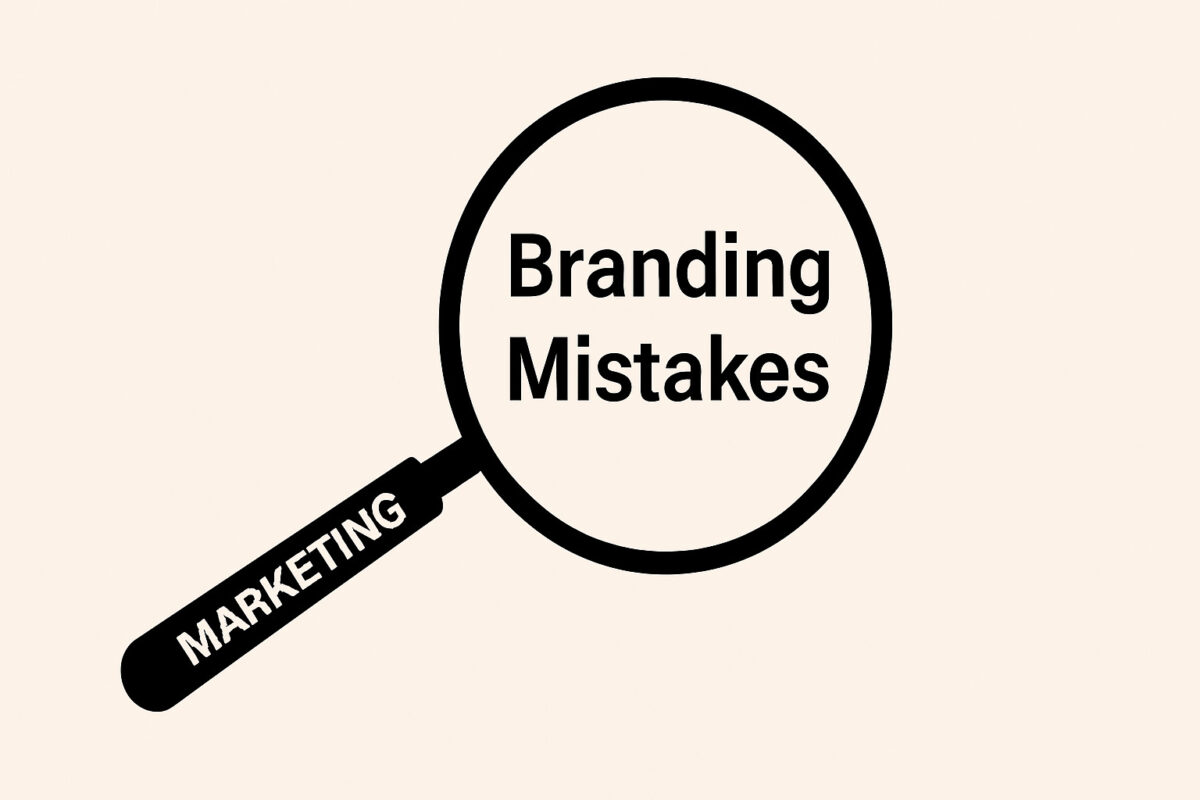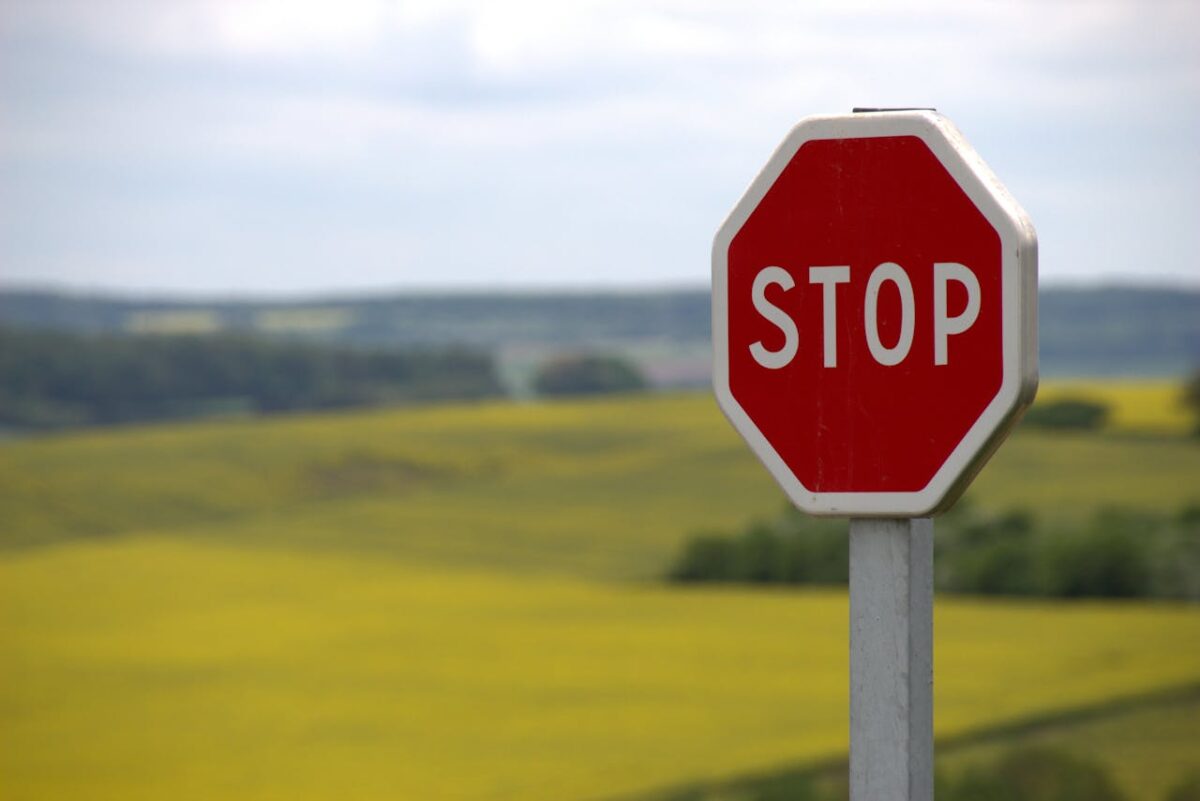When growth is your top priority, it is easy to treat branding as something to “get to later.” In the early stages, product development, sales, hiring, and funding naturally take center stage.
But delaying your strategic branding is like building a rocket without navigation. It might fly, but not where intended.
A brand is more than logos and slogans. It drives how you invest in marketing to influence perceptions among customers, employees, investors, and the market.
Clear and consistent branding is crucial for marketing investment, sustained growth, and long-term value.
Brand Drive Business Success
Strong brands do not just win attention. They win trust, loyalty, and margin. They illuminate your values, simplify your message, and foster emotional engagement, maximizing your marketing ROI.
How does brand investment pay off for your organization?
- Accelerated Sales: Clear and memorable branding drives sales by highlighting your value. This lessens dependence on the founders for sales and provides marketing and sales teams with consistent communication.
- Higher Pricing Power: Branding helps position your product beyond features. Customers who appreciate your unique value proposition are less inclined to negotiate price.
- Talent Magnetism: Your brand image influences potential hires as much as it does your customers. Mission, culture, and vision matter—especially to top talent.
- Investor Confidence: A powerful brand story shows a clear vision and market dominance. This shows investors your expertise and proven ability to win.
- Marketing Efficiency: A clear brand makes your marketing work harder. Without it, campaigns risk being inconsistent, fragmented, or forgotten.
In short: a well-aligned brand isn’t a nice-to-have—it’s a force multiplier.
The Risks of Not Investing in Brand Early
Strong branding drives growth. Weak branding undermines it. Companies that delay brand investment often encounter:
- Market Confusion: Without a clear position, prospects struggle to understand what makes you different or why they should care. This leads to lower conversion and wastes ad spend.
- Internal Misalignment: Product, marketing, sales, and customer success may develop their own messages. Working in isolation can send conflicting messages and undermine performance.
- Commoditization: If you do not define your difference, the market will define it for you. Often that means competing on price in a race to the bottom.
- Investor Friction: Unclear branding may deter investors, who see weak positioning as a major hurdle for growth and eventual sale.
- Lower Exit Multiples: A strong brand is a key asset sought after in acquisitions. A poorly articulated or inconsistently executed brand can directly impact your valuation.
Delaying brand clarity increases costs and lost opportunities.
What Strategic Branding Really Means
Branding is not just your logo, fonts, or website layout. Strategic branding is about your intention. What do you want your brand to mean in the market’s mind? How do you align what you say, what you sell, and what you stand for?
At Brand Constellations LLC, we define this alignment across eight essential dimensions:
Product, Price, Placement, Promotion, Category, Competitors, Company, and Customers.
Brand strategy should be integrated into the key decisions represented by each dimension. The framework ensures consistent messaging that reflects your values, sets you apart from competitors, and connects with your ideal customer.
A powerful brand strategy provides the essential framework for your go-to-market strategy.
How to Know It’s Time to Invest in Brand
Here are signs you’re ready—or overdue—to take brand seriously:
- You are hiring marketing or sales leadership but don’t have clear messaging they can build on.
- Your offering is technically strong, but your market traction is flat.
- You are preparing for a funding round or strategic exit and need to strengthen positioning.
- Different teams are describing your company or product in different ways.
- Prospects often ask “What exactly do you do?” or “How are you different?”
If any of these situations apply to you, don’t delay.
How to Invest Wisely in Brand
Creating brand strategy does not mean hiring a creative agency to “make it pretty.” It means aligning your leadership team around who you are, what you offer, and why it matters. This alignment informs decisions about all dimensions including product, pricing, messaging, customer experience, and marketing.
Here are three smart ways to begin:
- Assess Brand Alignment Across the 8 Dimensions: Use a structured framework like Brand Constellations to diagnose inconsistencies and surface opportunities.
- Prioritize Strategic Differentiation: Go beyond competition. Establish your own distinct category. This boosts perceived value and strengthens the competitive advantage.
- Build Brand Into Growth Planning: Let your brand strategy guide growth choices, focusing on customer targeting, product planning, and partnerships.
Build a Brand for Growth
For growth companies, the question is not whether you’ll invest in brand. It’s when and how. Investing early ensures that your growth is not just fast, but focused, aligned, and valuable.
A strong brand isn’t a cost center. It is an asset that appreciates over time and influences every aspect of our business, from pricing to hiring and sales.
Brand clarity is growth clarity. Build it now before you scale confusion.








